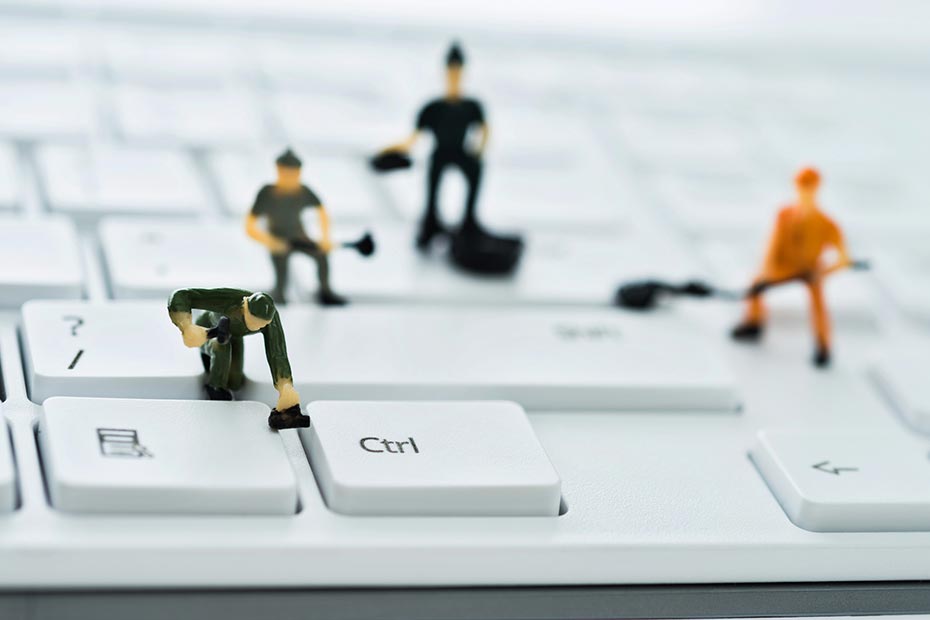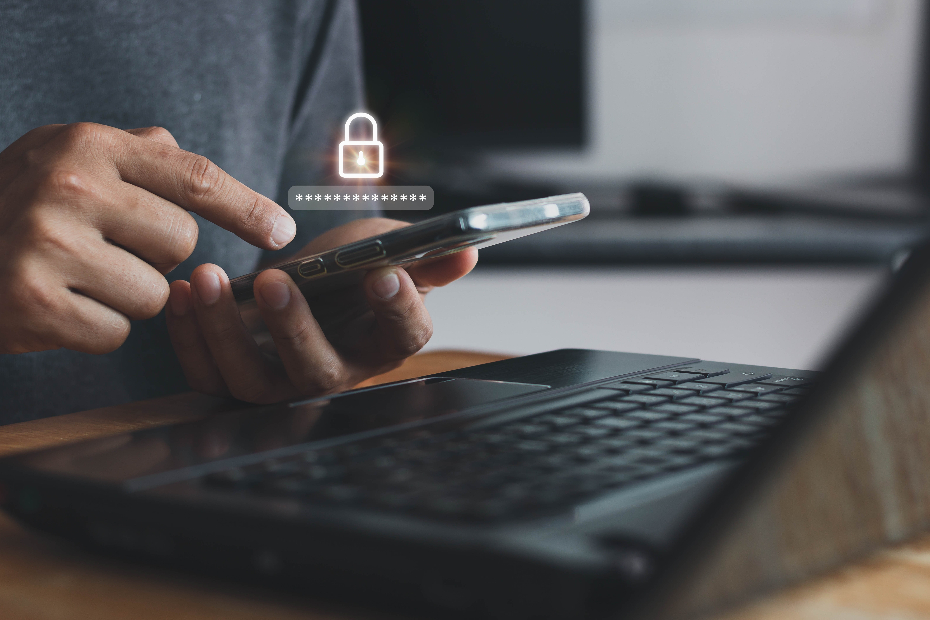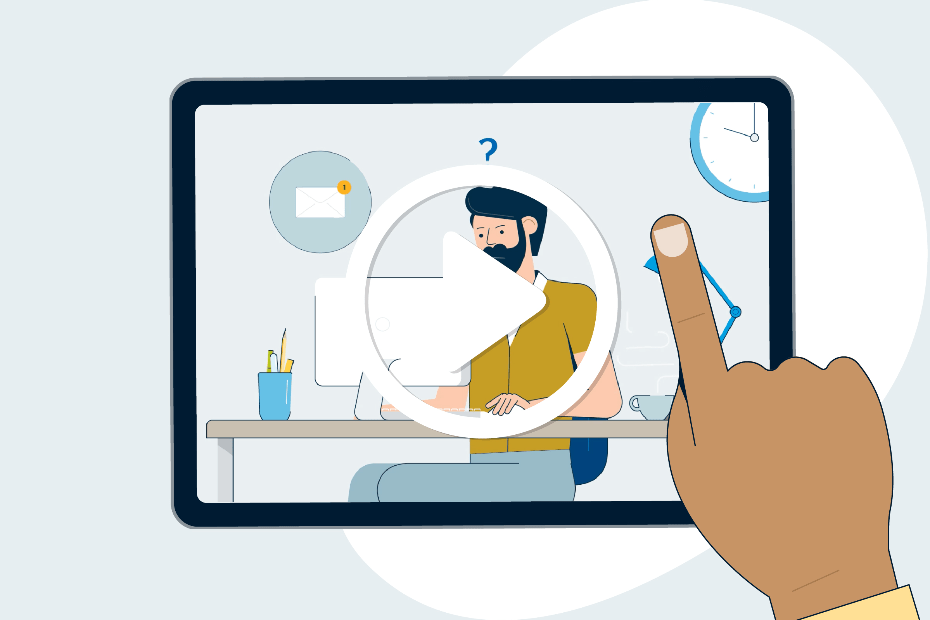Published May 12, 2020 • 5 Min Read
While you’re sheltering safely at home, now might be a great time to take on a digital clean-up. People spend so much time decluttering their spaces, yet this area of life typically doesn’t get the same level of attention. While it’s easy to think the tech will keep itself clean, a little digital elbow work from humans can make a big difference.
Here are five steps you can take to spring clean your digital life:
1. Update your Passwords.
Are you using the same password for just about everything? While many online users find this an easy way to remember their sign-in details, it may be a dangerous habit to get into — if one account is hacked or a password revealed through a data breach, it’s easy for a fraudster to access multiple aspects of your life, or send phishing or extortion emails claiming to “know your password.”
The best defence? Make sure your passwords are unique and difficult to guess. The longer the better — at least 16 characters. If your technology allows, make use of security features such as facial recognition, fingerprint access and passcodes to access your devices.
And as children are spending more time on devices than ever — between online learning and watching their own programming on a tablet or smartphone — now is a good time to teach them a bit of digital safety awareness. A great complement to their education can be teaching them password fundamentals — including how to create strong passwords, how to remember them (without writing them down) and the importance of keeping them private.
2. Review your Apps and Account Settings.
If you have online accounts with your favourite stores, you know how easy it is purchase products with your credit card and contact details saved. A new sweater is just a few clicks away! While most retailers have excellent security protocols to keep your information safe, now is a good time to remove your information from accounts you no longer use, so that you don’t have your personal data spread across too many places.
Adding multi-factor authentication to your purchase process (where you verify your identity through two or more credentials such as your password and a one-time code sent to your phone) can help provide a greater level of security when you pay for things online.
This is also a great time to consider whether your privacy settings reflect your current social media usage. Reviewing your settings can help ensure that you’re in control of how your information is shared, and with whom.
3. Update your Devices.
Do you have apps on your smartphone, tablet or computer that you no longer use? Are there automatic renewals or updates scheduled for subscriptions you don’t want anymore? Are you sharing your location with apps in the background … but in fact don’t want others to have that information?
Take the time to go through your devices to ensure you’re not sharing more information than you want or paying for things that you don’t use. By going through your Settings, you can generally update all of this information in just a few minutes.
4. Secure Your Wi-Fi.
With an increase in learning, shopping, banking and socializing online, home Wi-Fi has never been more important. So make sure yours is secure.
- Check to see if your router is in the middle of your house. If it’s too close to the street, it could be easier for people outside your home to intercept the signal.
- Next, check that any software used by your router is up-to-date and the settings are appropriate.
- You also want to make sure you have disabled remote access — by doing so you’re making it very difficult for anyone to access your signal from an unauthorized device.
- If you’re using the default password on the router that came with the device, now is a good time to change it.
- Finally, it’s wise to consider setting up separate networks — for example, one for your commonly-used/ non-sensitive online usage like streaming services and another for confidential purposes — such as online banking and tax returns.
5. Back up Your Files.
Ever consider what might happen if your computer were stolen, damaged or just wouldn’t turn on one day? Copying your important data to back-up hard drives or secure cloud-based sites such as iCloud, Google Drive or iDrive allow you to store your important files in the cloud and access them no matter what happens to your personal device. Here again, it can help to add strong password protection.
If you are disposing of old devices during your non-digital clean up, be sure to delete all potentially sensitive information. Wipe photos, passwords, credit card details and more from your device so they can’t be accessed by the next owner.
As more people spend an increasing amount of time online, this is an ideal opportunity to make sure your digital life is as safe as possible. You’ll help reduce the risk of fraud and improve the performance of your devices … and who couldn’t use a faster connection for your next favourite series?
This article is intended as general information only and is not to be relied upon as constituting legal, financial or other professional advice. A professional advisor should be consulted regarding your specific situation. Information presented is believed to be factual and up-to-date but we do not guarantee its accuracy and it should not be regarded as a complete analysis of the subjects discussed. All expressions of opinion reflect the judgment of the authors as of the date of publication and are subject to change. No endorsement of any third parties or their advice, opinions, information, products or services is expressly given or implied by Royal Bank of Canada or any of its affiliates.
Share This Article






